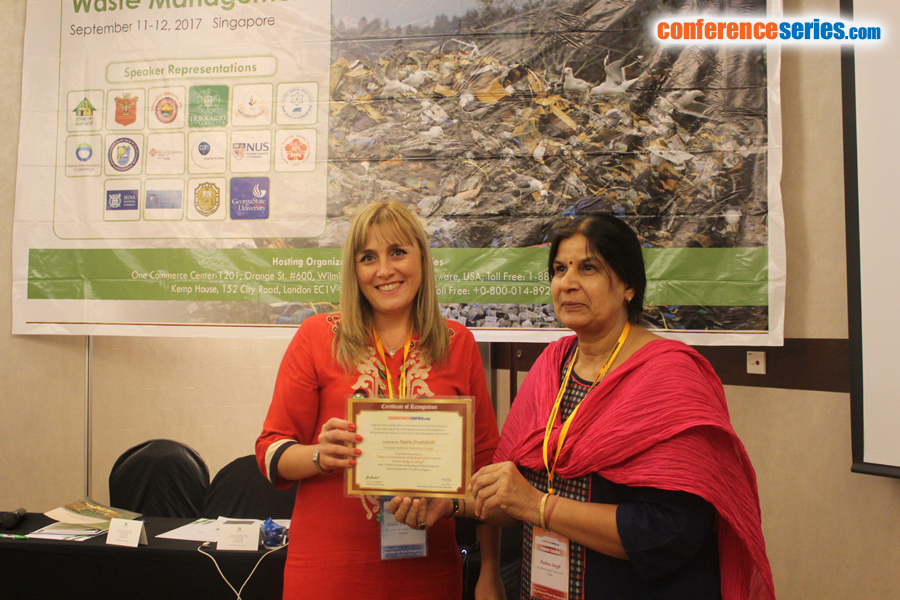
Biography
Biography: Padma Singh
Abstract
About 140 million tons of plastic are consumed every year worldwide, which necessitates the processing of approximately 150 million tons of fossil fuels and directly causes immense amounts of waste that can take thousands of years to naturally deteriorate, if it degrades at all. Bacteria have the ability to produce bioplastics in the form of polyhydroxyalkanoates (PHAs) and they are capable of producing PHA from various carbon sources ranging from inexpensive, complex waste effluents to alkanes, fatty acids, plant oils and as well as simple carbohydrates. The major barrier to wide acceptance of bioplastic is the high cost, particularly carbonaceous raw materials (40%) and polymer recovery (26%). Therefore, the aim of the present study is to focusing on identification of alternative cost effective substrate for the production of PHA. Isolation of bacterial strains for the screening of PHA producing ability carried out by using different oils as carbon source. The samples were collected from edible and lubricating oil contaminated soil from garage and workshop. Isolation of bacterial strain was performed by serial dilution, spread plate and enrichment technique. Screening was carried out by the Nile Blue A and Sudan Black B staining. The total number of colony forming unit was 134×105 to 3×108 (Edible oil) and 75×105 to 26×108 (Lubricating oil). Out of 21 isolates from edible oil and lubricating oil, 2 bacterial strain (E.O 1 and E.O 4) were fluoresce on plate with Nile blue A indicates the positive result and show characteristic granule with Sudan Black B, indicating the presence of PHAs. Bacterial strains were identified as Pseudomonas sp., (edible oil), -rods and Bacillus sp. (Lubricating oil), +rods. Production of PHA through these strains will be carried out to get the sufficient amount of bioplastic.
Speaker Presentations
Speaker PPTs Click Here


